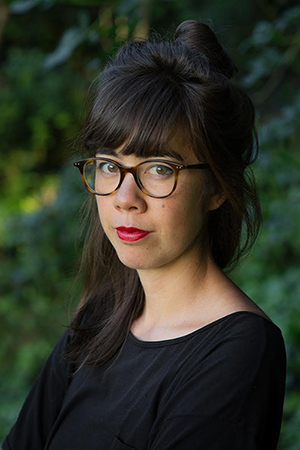
"I think it’s insane to expect anyone to be working at full capacity during a slow disaster like this."
You have reached your article limit
Sign up for a digital subscription and continue reading all new issues, plus our entire archives, for just $1.50/month.
Already a subscriber? Sign in




